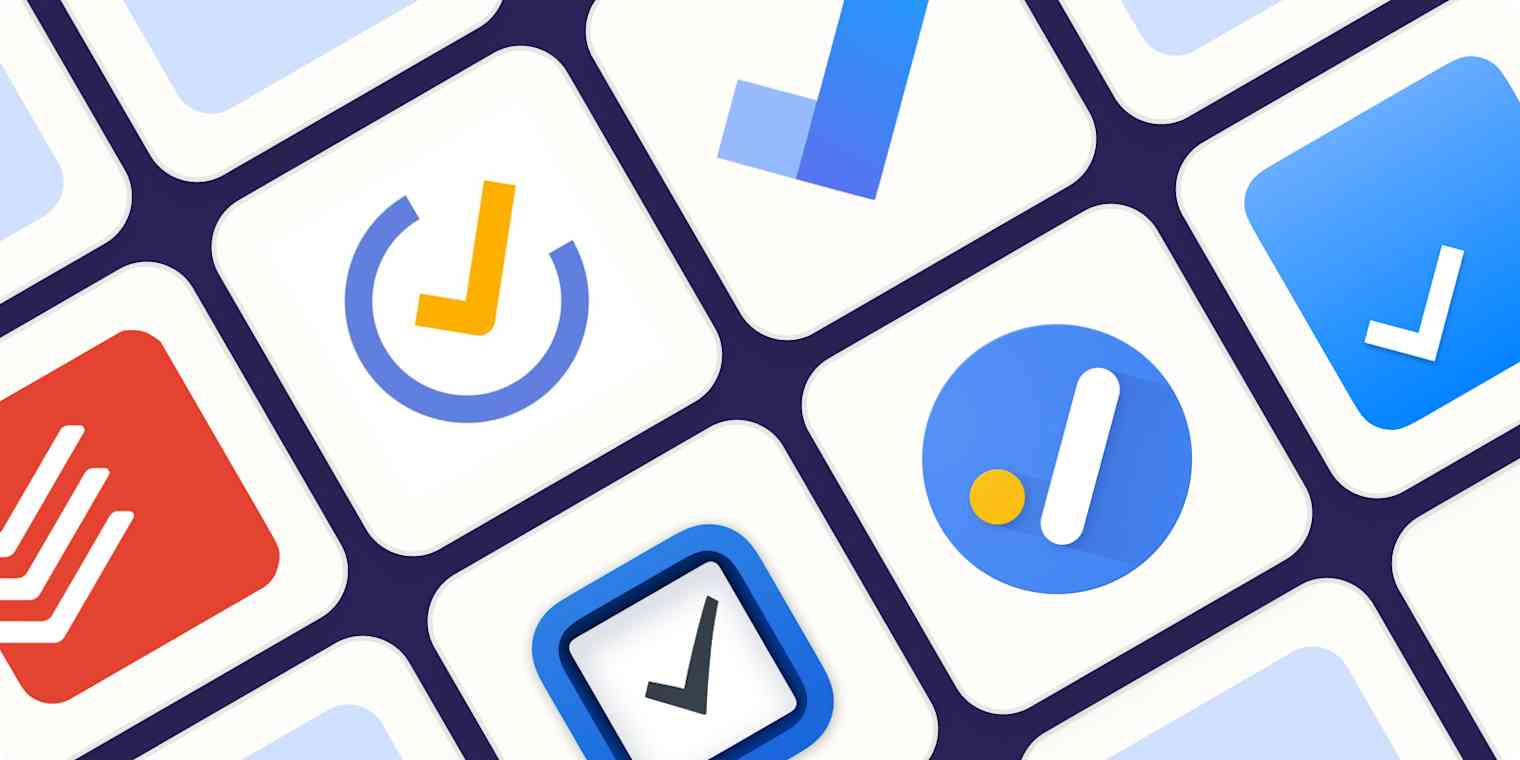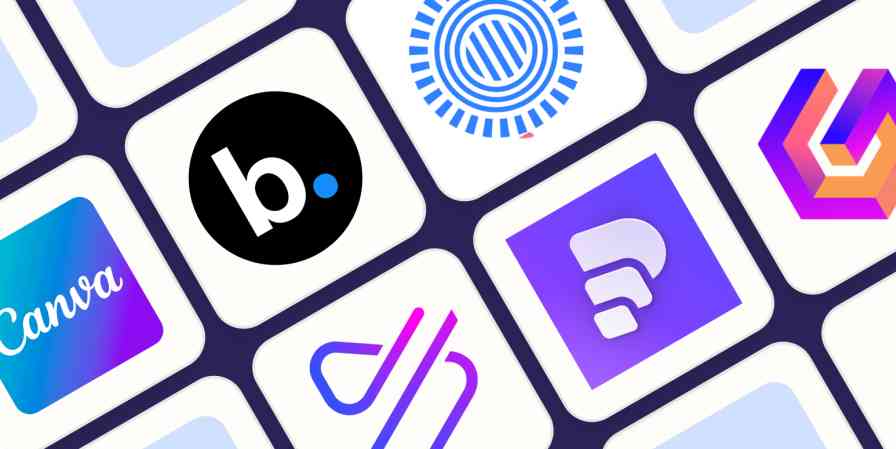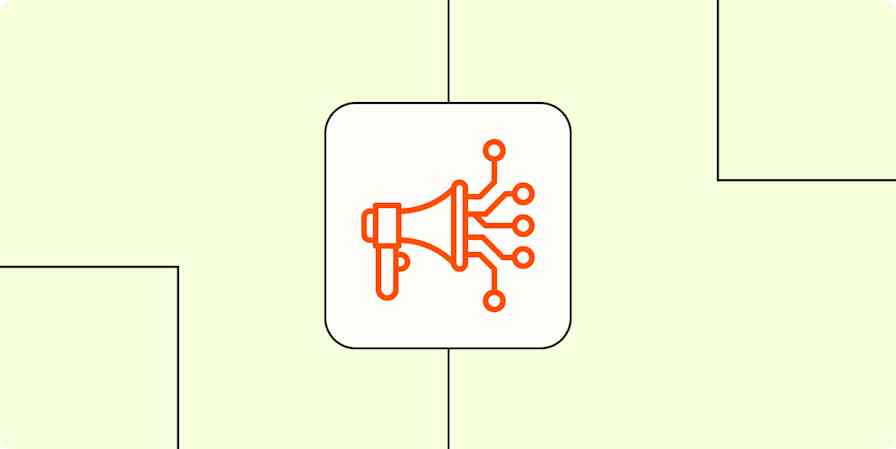There are too many to-do list apps. Trying them all would be a massive task, and I know because I did it.
Why are there so many apps for something easily done with sticky notes or any other scrap of paper? Because managing tasks is an intensely—even irrationally—personal thing. People will reject anything that doesn't feel right. That's a good instinct, but it makes it hard to find the right app.
To that end, we've been hard at work researching the best to-do apps, trying to find the right ones for various use cases. Research for these pieces was exhaustive. We started by finding the best apps for every platform: Android, Windows, macOS, and iPhone/iPad. We then tried the top-rated apps in every respective app store, and spent way too much time making to-do lists on one app after another.
And now I'm offering you what I feel is the cream of the crop. Whatever you're looking for, one of these task management apps is going to be right for you. Click on any app to learn more about why I chose it, or keep reading for more context on to-do list apps.
The best to-do list apps
Todoist for balancing power and simplicity
TickTick for embedded calendars and timers
Microsoft To Do for Microsoft power users
Apple Reminders for most Apple users
Things for elegant design
Google Tasks for Google power users
Any.do for people who forget to use to-do apps
Other options, including project management software, note-taking apps, and other tools that can do the job
What makes the best to-do list app?
How we evaluate and test apps
Our best apps roundups are written by humans who've spent much of their careers using, testing, and writing about software. Unless explicitly stated, we spend dozens of hours researching and testing apps, using each app as it's intended to be used and evaluating it against the criteria we set for the category. We're never paid for placement in our articles from any app or for links to any site—we value the trust readers put in us to offer authentic evaluations of the categories and apps we review. For more details on our process, read the full rundown of how we select apps to feature on the Zapier blog.
I've written about technology in general, and productivity specifically, since 2013. In that time, I've personally tried basically every major to-do list app that has come out, and I've always relied upon at least one of them to function.
Of course, when it comes to managing a to-do list online, everyone has different criteria. I kept this in mind as I tested, and I tried not to just pick the apps that suited me best, but the ones that suit different people who approach task management in other ways. Regardless, there were a few features that made certain apps stand out.
What is a to-do list app for?
To-do lists help you organize your work and keep track of tasks. A good digital to-do list makes it easier to get work done—and makes it harder to miss deadlines.
What makes a good to-do list app?
The best to-do list apps:
Make it fast to add and organize tasks. Ideally, a task is added and categorized in a couple taps or keystrokes. If adding your to-dos is a hassle, you just won't do it.
Offer multiple ways to organize your tasks. Tags, lists, projects, and due dates are all helpful, and the best to-do apps offer at least a few categories like this.
Remind you about self-imposed deadlines. Notifications, widgets, emails—if you're using an online to-do list, it should help you track what needs to happen when. This is one of the big reasons to use an app over a notebook.
Offer clean user interfaces. The best to-do app fits into your workflow, so you can get back to what you're supposed to be doing. As a professional reviewer who spends a lot of time testing, I generally have a phobia of ugly apps.
Sync between every platform you use. Which platforms will depend on what you personally use, but I didn't consider anything that doesn't sync between desktop and mobile. You really should be able to check your to-do list when you're at the store or otherwise out and about.
While AI is starting to creep into to-do apps, it's not broadly useful yet. No app made this list just because it had some AI scheduling or could automatically suggest sub-tasks, but no apps were excluded over it either. While some people might find these features useful, I suspect most people looking for a to-do app want to be able to keep track of all the things they have to do—not get more tasks added to a list by a robot.
I tried to find the task list apps that balance these things in various ways. None of these options will be right for everyone, but hopefully one of them is right for you.
The best to-do list apps at a glance
Best for | Standout feature | Pricing | |
|---|---|---|---|
Balancing power and simplicity | Natural language processing for quick task creation | Free version available; paid version from $5/month | |
Embedded calendars and timers | Pomodoro timer included | Free version available; paid version from $3.99/month | |
Microsoft power users | Deep integration with Microsoft ecosystem | Free | |
Most Apple users | Fully integrated with Apple devices | Free | |
Elegant design | Clean and intuitive user interface | $49.99 for macOS, $19.99 for iPad, $9.99 for iPhone | |
Google power users | Deep integration with Gmail and Google Calendar | Free | |
People who forget to use to-do apps | Daily "Plan my Day" feature for scheduling tasks | Free version available; paid version from $2.99/month (billed annually) |
Best to-do list app for balancing power and simplicity
Todoist (Web, Windows, Mac, Android, iPhone, iPad)
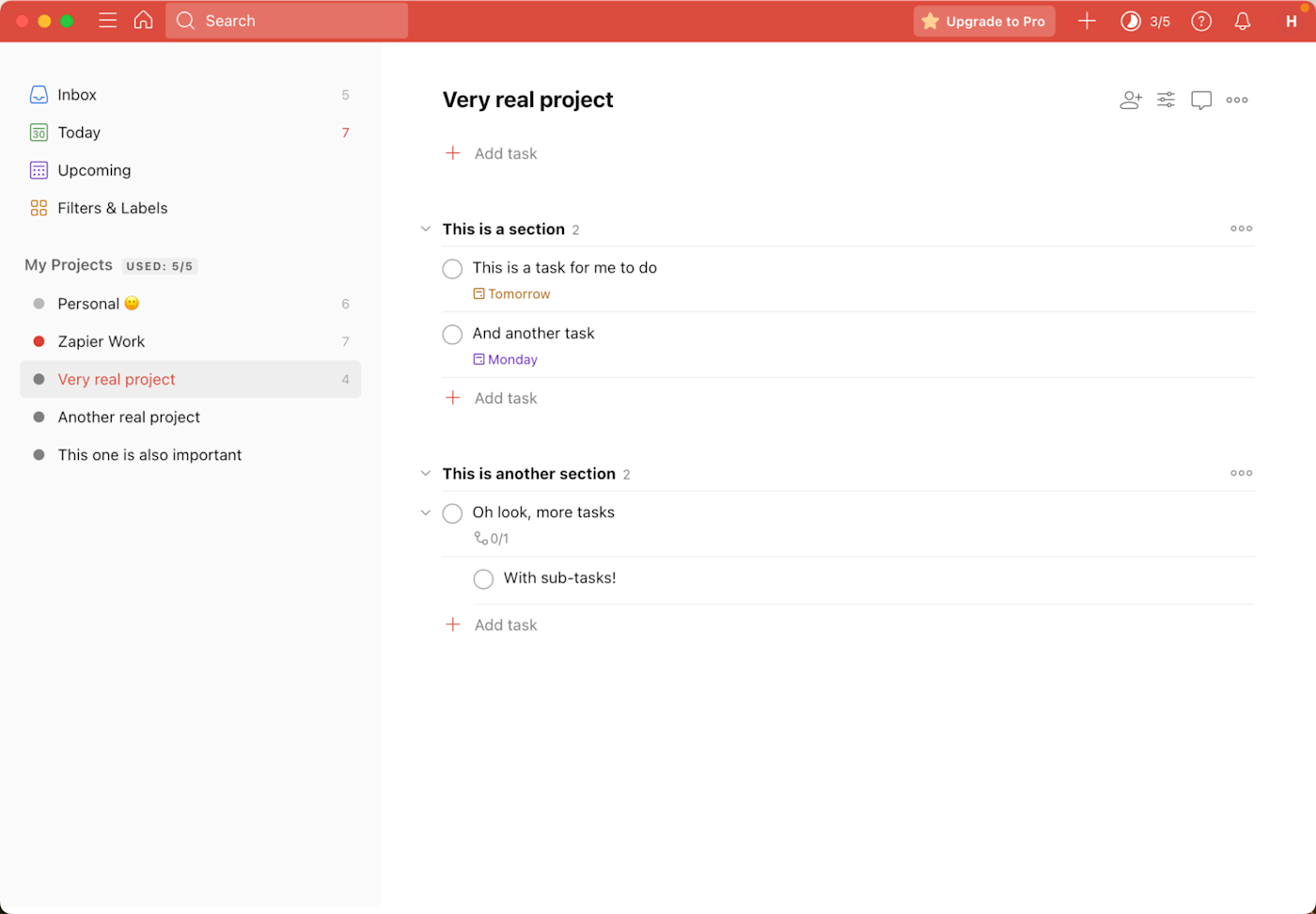
Todoist isn't the most powerful to-do list website out there. It's also not the simplest. That's kind of the point: this app balances power with simplicity, and it does so while running on basically every platform that exists. That's a strong selling point—which is probably why Todoist is one of the most popular to-do lists right now.
Adding tasks was quick on every platform in my tests, thanks in part to natural language processing (type "buy milk Monday" and the task "buy milk" will be added with the next Monday set as your due date). You can put new tasks in your Inbox and then move them to relevant projects; you can also set due dates. Paid users can create custom filters and labels, and there are also some basic collaboration features.
Todoist is flexible enough to adapt to most workflows but not so complicated as to overwhelm. And it adds new features regularly: you can view projects as a Kanban board, for example, and navigating the app by keyboard is much smoother after recent updates. There's even an AI assistant on paid plans that can help make tasks more actionable. Overall, this is a great first to-do list app to try out, especially if you don't know where to start.
Todoist also integrates with Zapier, which means you can automatically create tasks in Todoist whenever something happens in one of your favorite apps. Check out some ideas for automating Todoist with Zapier, or try one of these examples.
Add new Google Calendar events to Todoist as tasks
Save new incomplete Todoist tasks in Notion databases
Todoist price: Free version available; paid version from $5/month.
Best to-do list app with embedded calendars and timers
TickTick (Web, Android, Windows, Mac, iPhone and iPad)
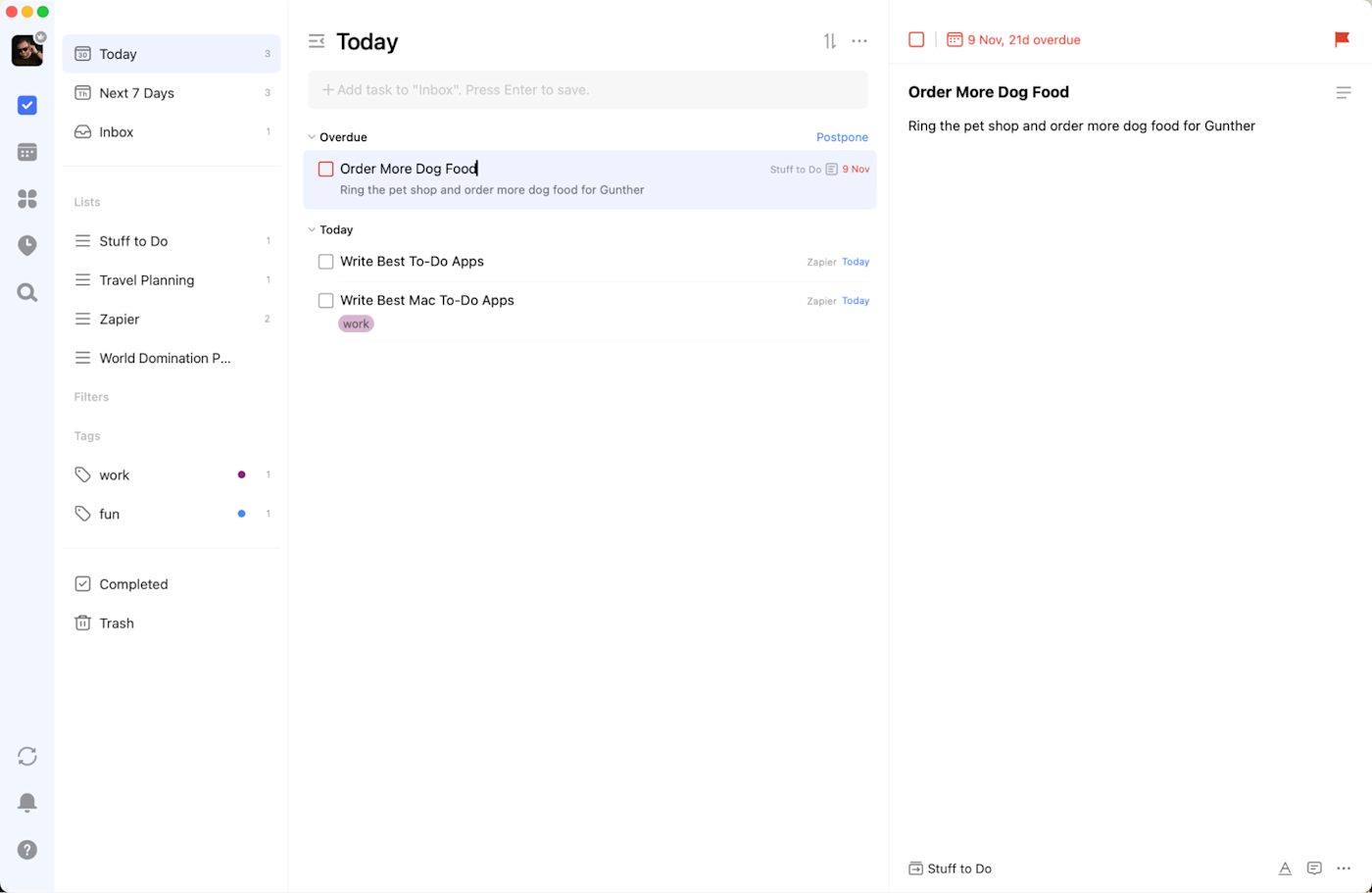
TickTick is a fast-growing task list app that offers a wide array of features on just about every platform you can imagine. Adding tasks is quick thanks to natural language processing. There's also a universal keyboard shortcut offered on the desktop versions and pinned notifications and widgets on mobile, which makes it quick to add a task before getting back to what you're doing. Tasks can be organized using lists, tags, due dates, and priorities, and there's also the ability to add subtasks to any task.
TickTick offers all of this with apps that feel native—the macOS version is distinct from the Windows version, for example, in ways that make sense given the differences between those two systems. TickTick also offers a few features that are above and beyond what other task tracking apps offer.
First, there's a built-in Pomodoro timer, allowing you to start a 25-minute work session for any of your tasks (complete with numerous white noise options, if you want). Second, there's integration with various third-party calendars, allowing you to see your tasks and your appointments in one place, and even do some time blocking. There's also a built-in habit-tracking tool, allowing you to review how many days you did or didn't stick to your exercise and diet commitments. And an Eisenhower Matrix view allows you to prioritize your tasks based on what's urgent and what's important. It's a great collection of features, unlike anything else on the market.
With TickTick's Zapier integration, you can connect TickTick to the other tools in your tech stack to automatically create tasks whenever you get new leads, deals, or emails. Learn how to automate TickTick with Zapier, or get started with one of these pre-made workflows.
Create TickTick tasks from new Google Calendar events
TickTick price: Free version available; paid version from $3.99/month.
Deciding between TickTick and Todoist? Read our showdown: TickTick vs. Todoist.
Best to-do list app for Microsoft power users
Microsoft To Do (Web, Android, Windows, Mac, iPhone and iPad)
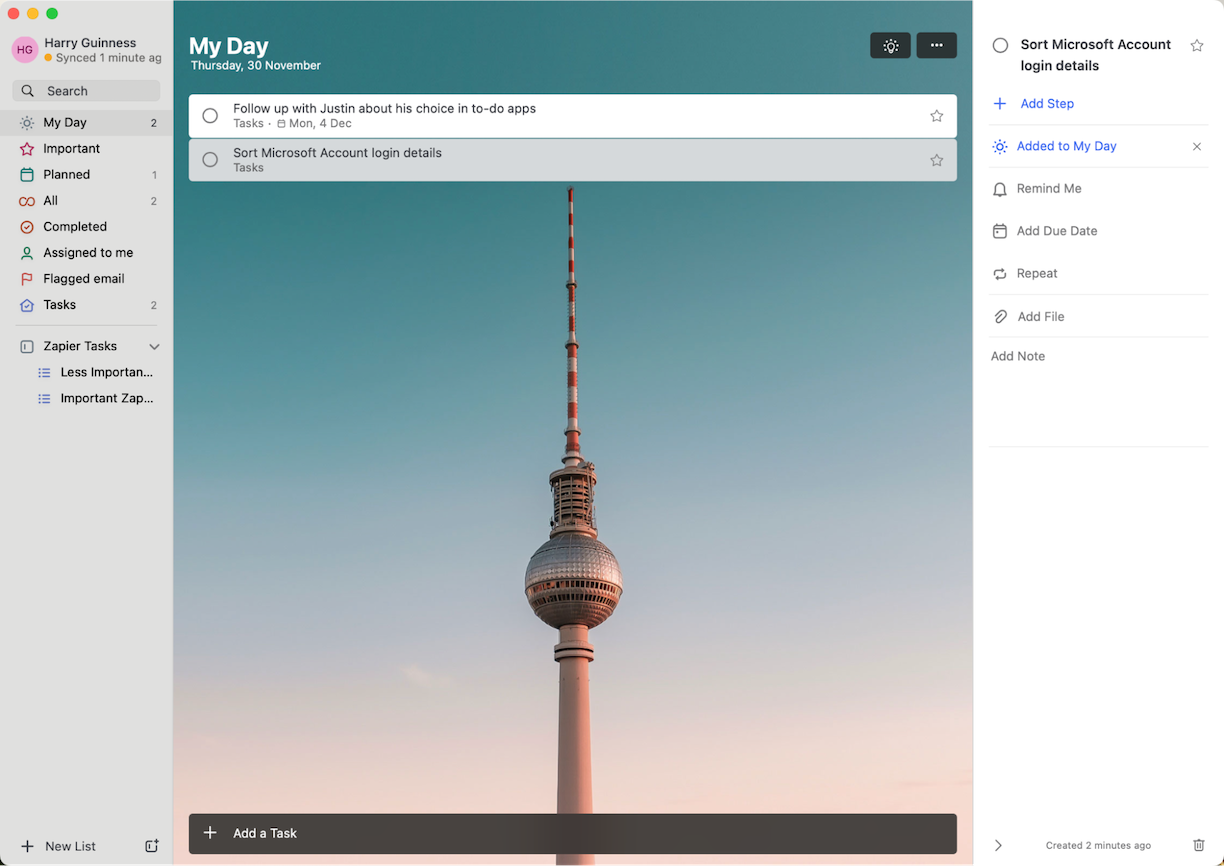
Over the last few years, Microsoft has been slowly and quietly making its personal productivity apps really, really good. The latest version of Microsoft To Do is one of the big results of that. The main interface is clean and friendly, and adding tasks is quick, but there's a lot of flexibility below the surface.
The real standout feature here is the deep integration with Microsoft's ecosystem. Any email flagged in Outlook, for example, shows up as a task. Outlook users can also sync their tasks from that app over to Microsoft To Do, meaning there's finally a way to sync Outlook tasks to mobile. Windows users can add tasks using Cortana or by typing in the Start menu. For example, you can type "add rice to my shopping list," and rice will be added to a list called "shopping." If you're a Windows user and an Outlook user, this is the app for you (though it does work well on Macs and iPhones too).
It's also one of the prettiest to-do list apps on the market, in my opinion. You can set custom background images for every one of your lists, allowing you to tell at a glance which list you're looking at. You're going to be looking at your task list all day—it might as well look good.
Microsoft To Do integrates with Zapier, which means you can make sure Microsoft To Do is talking to all the other apps you use, not just the Microsoft ones. Learn how you can make Microsoft To Do a productivity powerhouse with Zapier, or take a look at these examples to get started.
Create tasks on Microsoft To-Do from new Google Calendar events
Microsoft To Do price: Free
The best to-do list app for most Apple users
Reminders (Mac, iPhone, iPad)
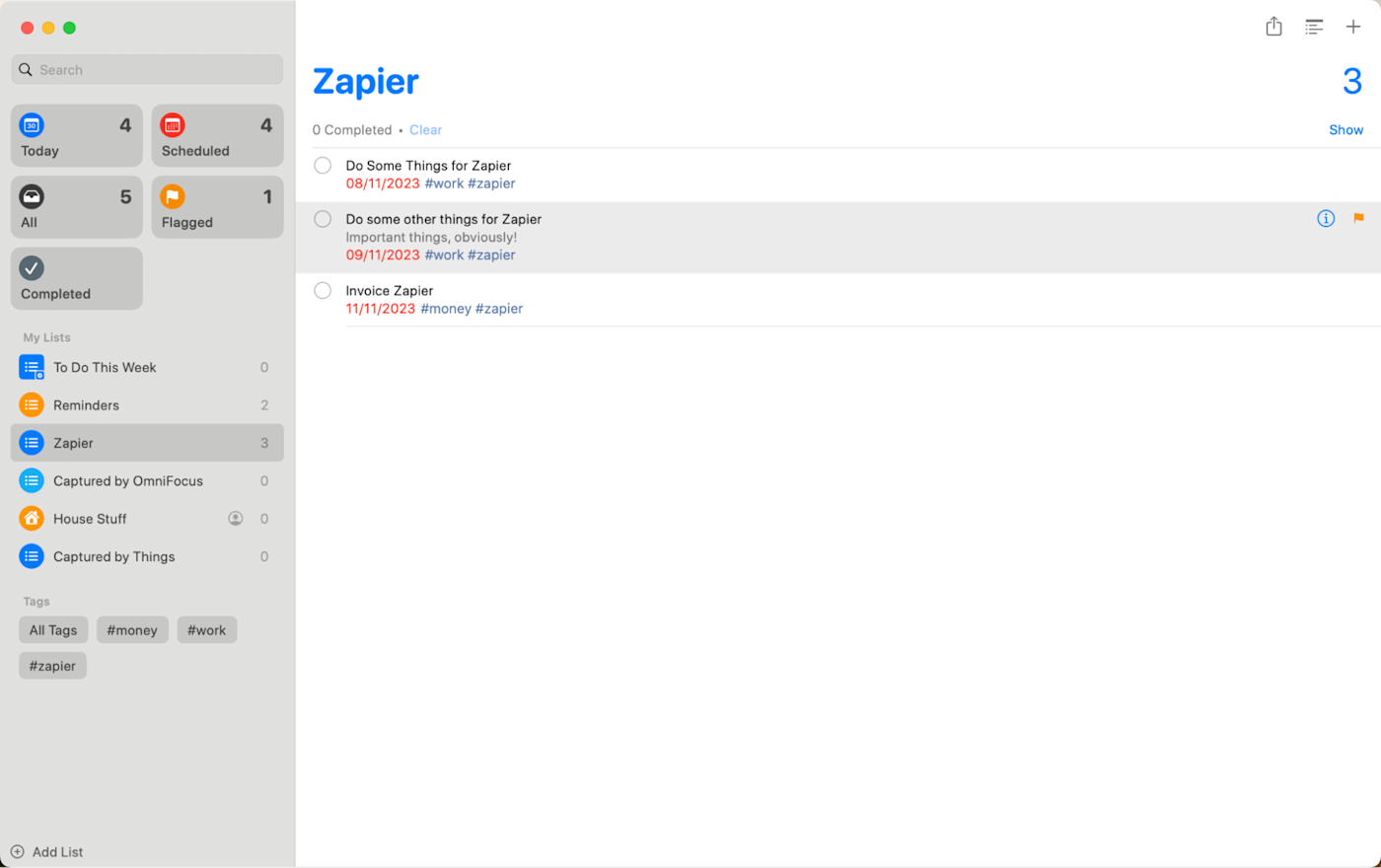
There have always been loads of high quality to-do apps available for Apple devices, in part because the built-in Reminders app just didn't match up to the expectations of productivity-loving Apple fans. They wanted a nice computer, a nice smartphone, and a nice to-do app—and Apple was only giving them two out of three.
But over the last few years, that's changed. Reminders has gone from being a very basic to-do list to a solid task management app. It has tags, due dates, sub-tasks, and Smart Lists, you can share tasks and lists with other Apple users, and you can even trigger reminders based on your location. It also offers multiple ways to view your tasks and offers a few unique touches, too, like grocery lists that automatically group products by category.
If you have hundreds of tasks to keep track of, one of the other great Mac to-do apps might be a better fit for you, but for most Apple users, Reminders now ticks a lot of boxes. And because Apple Reminders syncs with Microsoft To Do, you can even connect Reminders to Zapier to automate your to-do list.
Reminders price: Free on Apple devices
The best to-do list app with elegant design
Things (Mac, iPhone, iPad)
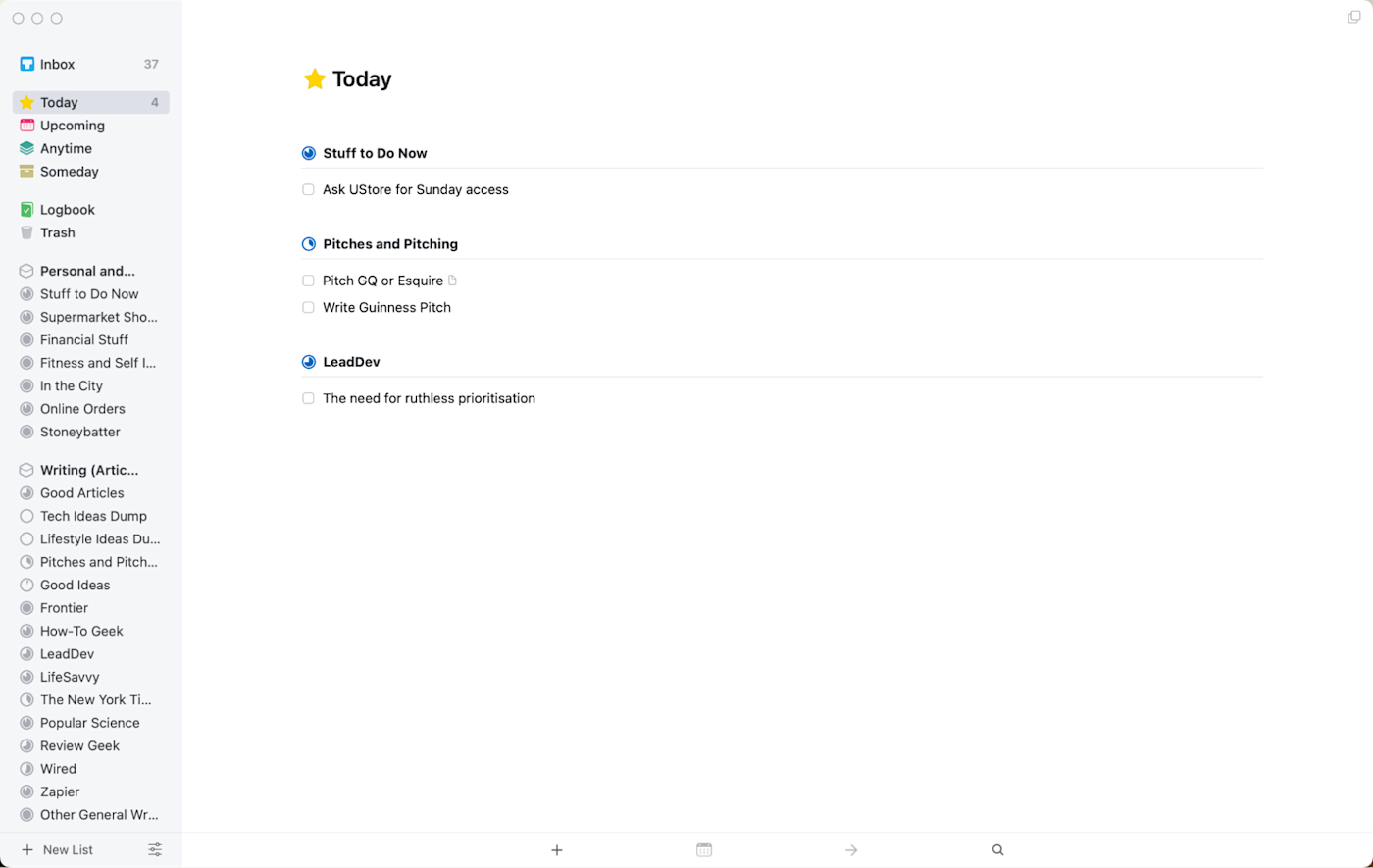
To-do list apps tend to fall into two categories: the complex and the minimalist. Things is somehow both.
That's about the highest praise I can give a to-do list app. This is an app with no shortage of features, and yet it always feels simple to use. Adding tasks is quick and so is organizing them, but there's seemingly no end of variation in ways to organize them. Areas can contain tasks or projects; projects can contain tasks or headers that can also contain tasks; and tasks can contain subtasks if you want. It sounds confusing, but it isn't, which really speaks to how well Things is designed.
Other task tracking apps offer these features, but Things does it in a way that never feels cluttered, meaning you can quickly be done with looking at your to-do list and get back to whatever it is you're doing. Combine this blend of functionality and beauty with features like a system-wide tool for quickly adding tasks, integration with your calendar so you can see your appointments while planning your day, intuitive keyboard shortcuts, reminders with native notifications, and syncing to an iPhone and iPad app.
The only downside here is the complete lack of versions for Windows and Android, though this decision is probably part of what allows the team to focus on making such a clean product. If you're an Apple user, you owe it to yourself to try out Things.
You can automatically add to-dos to Things from your other apps with Things' integrations on Zapier. Discover popular ways to automate Things with Zapier, or take a look at these workflows for inspiration.
Create to-dos in Things from new Notion database items
Things price: $49.99 for macOS (15-day free trial), $19.99 for iPad, $9.99 for iPhone.
While I love Things' simplicity, if you want something more complicated that allows you to control every aspect of your task management system, check out OmniFocus.
Best to-do list app for Google power users
Google Tasks (Web, Android, iPhone and iPad)
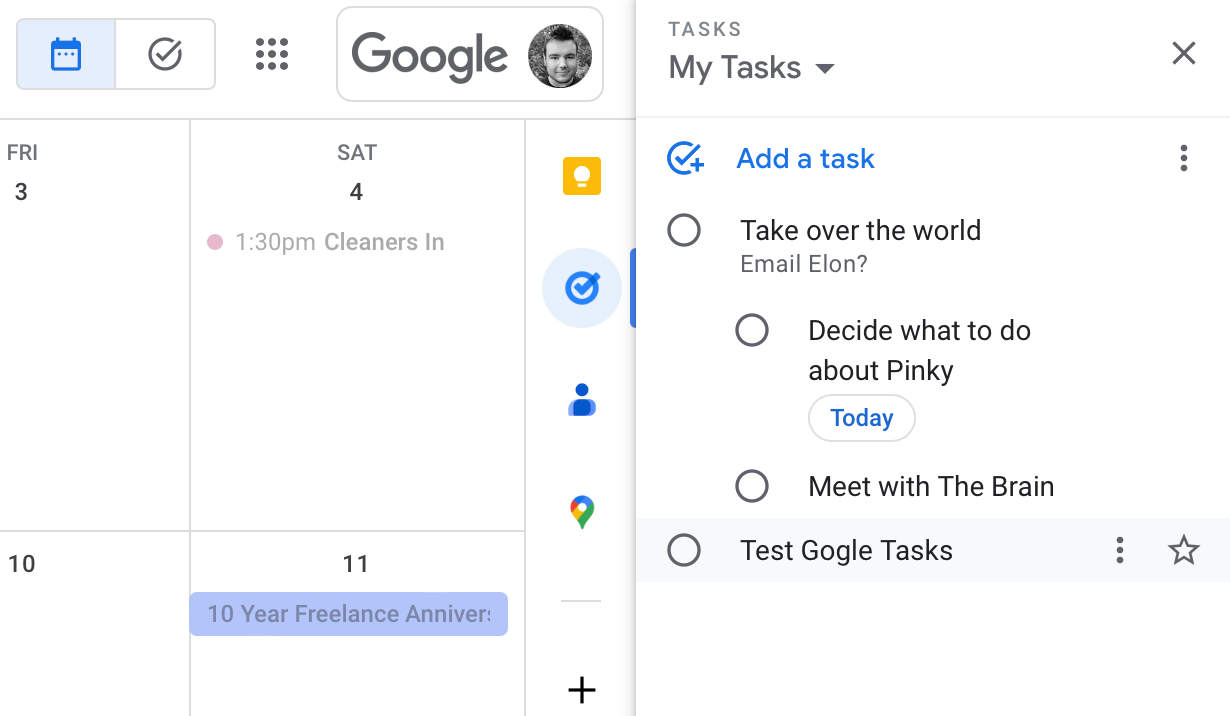
If you live in Gmail and Google Calendar, Google Tasks is an obvious free to-do list app to try out. That's because it lives right in the sidebar of those two apps, and offers more than a few integrations. Plus, there's a dedicated mobile app.
The app itself is spartan. Adding tasks is quick, particularly if you spend a lot of time in Gmail anyway, but there's not a lot of organizational offerings. There are due dates, lists, descriptions, subtasks, and the ability to "Star" tasks. There's not much beyond that, which is ok. On the desktop, the integration with Gmail is a key selling point. You can drag an email to Google Tasks to turn it into a task, for example. You also can see your tasks on your Google Calendar, if you want.
The best to-do app is one that's always handy. If you're the kind of person who always has Gmail open on your computer, it's hard for any app to be handier than Google Tasks. The mobile versions make those tasks accessible on the go.
You can automatically move information between Google Tasks and your other apps with Google Tasks' integration on Zapier. Learn more about how to automate Google Tasks, or take a look at these examples of workflows you can automate, so you can stop manually moving your tasks.
Save new tasks in Google Tasks in Notion databases
Google Tasks price: Free
Take a look at how you can power up all of your Google apps using automation.
Best to-do list app for people who forget to use to-do apps
Any.do (Web, Android, Windows, Mac, iPhone and iPad)

Any.do offers a really slick mobile app that makes it quick to add tasks, organize them into lists, and add due dates. But where it really shines is with its daily "Plan my Day" feature, which forces you to schedule when you'll accomplish your various tasks, so that you remember to actually do things. Any.do also integrates nicely with Google and Outlook calendars, allowing you to see your appointments and your tasks in one place. This is exactly what you need if you're the kind of person who adds things to a list and forgets about them. The built-in AI can even suggest subtasks if you want to work in smaller steps.
The desktop version isn't quite as slick as the mobile version—it feels cluttered and is more than a little confusing. You can use it through your web browser, or download the app (which just makes the web browser version run in its own window). Still, Any.do's mobile version alone makes a compelling reason to give it a shot, especially if that's where you do most of your task management.
Any.do integrates with Zapier, so you can automatically add tasks to Any.do whenever there's a new calendar event, note, or task in your other apps. Discover more ways to automate Any.do with Zapier, or try one of these templates.
Add Google Calendar events for new tasks in Any.do
Any.do price: Free version available; paid version from $2.99/month, billed annually
Other to-do list options
I focused on dedicated to-do list apps in this roundup, but plenty of other software can fulfill the same function. Here are a few ideas if none of the above quite fit what you're looking for:
Project management apps like Trello and Asana can be used for task tracking, especially if you already use them to manage your other work.
Apple users have a lot of great options, like OmniFocus, which didn't make this list because they're more niche than most people need. Check out Zapier's lists of best Mac to-do apps and best iPhone to-do apps for other great options.
Note-taking apps like Evernote, OneNote, and Google Keep also have to-do list features, if you want to combine your to-do lists and notes.
You can use Notion as a to-do list if that's where you spend most of your time, and the various Notion alternatives work just as well.
Time-blocking apps are another solid option. These combine a task list with your calendar, encouraging you to decide when you'll do what.
Google Sheets can be your to-do list. Zapier's CEO even uses Gmail as his to-do list.
Sticky note apps can also do the trick. So can a piece of paper. Don't overthink things! I still rely on my Moleskine notebook from time to time.
What's the best to-do list app?
The best to-do list app is one that you actually use. Personal productivity is just that—personal. Some folks will like the simplicity of an app like Todoist, while others will love the elegance of Things. Try each of the apps on this list for a couple days to see how they work for you.
Finding the right task management system is hard because it's so personal. To that end, let me know if there's anything you think I missed.
Related reading:
This post was originally published in April 2018 by Andrew Kunesh and has also had contributions from Justin Pot. The most recent update was in December 2023.
